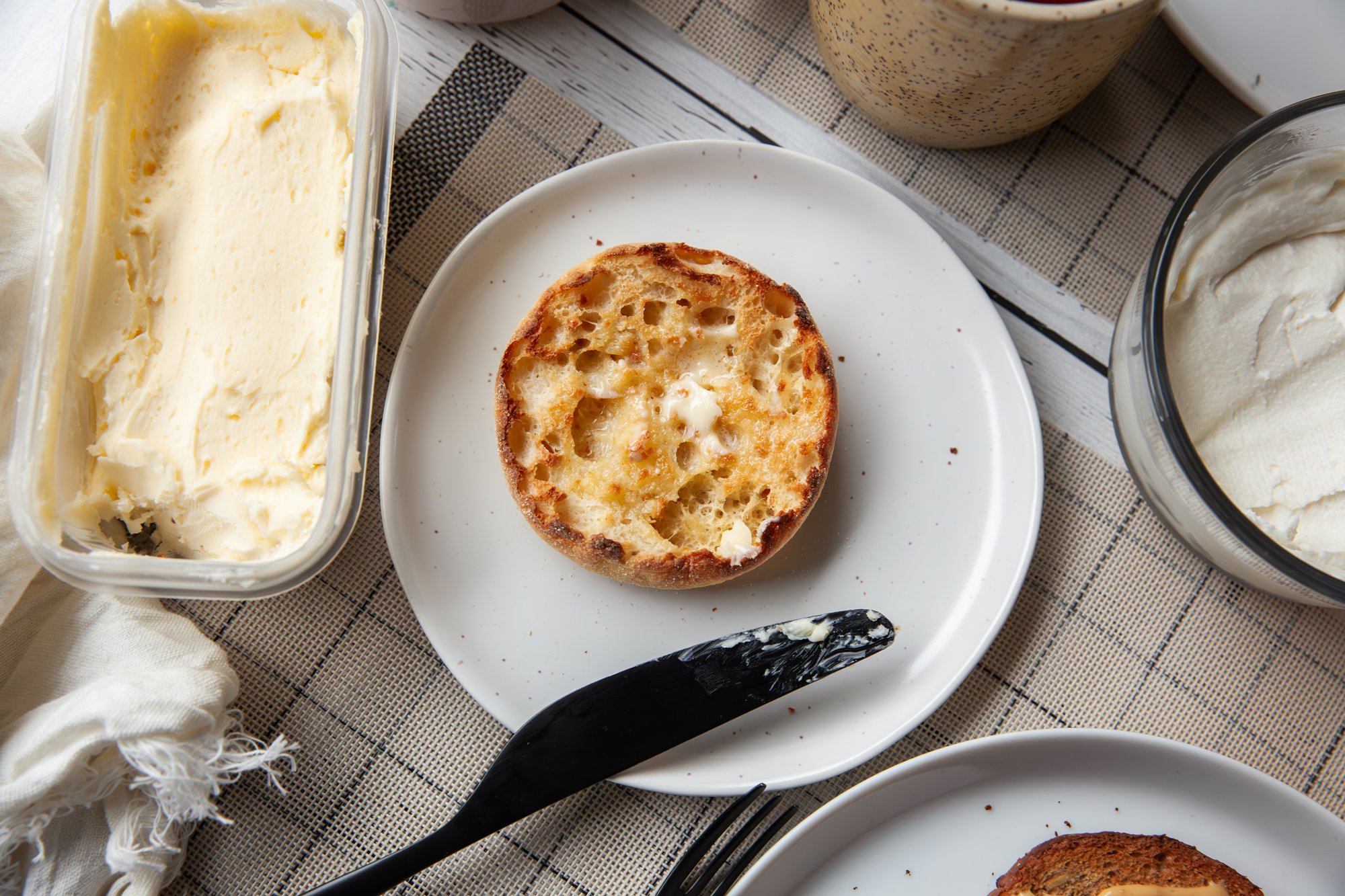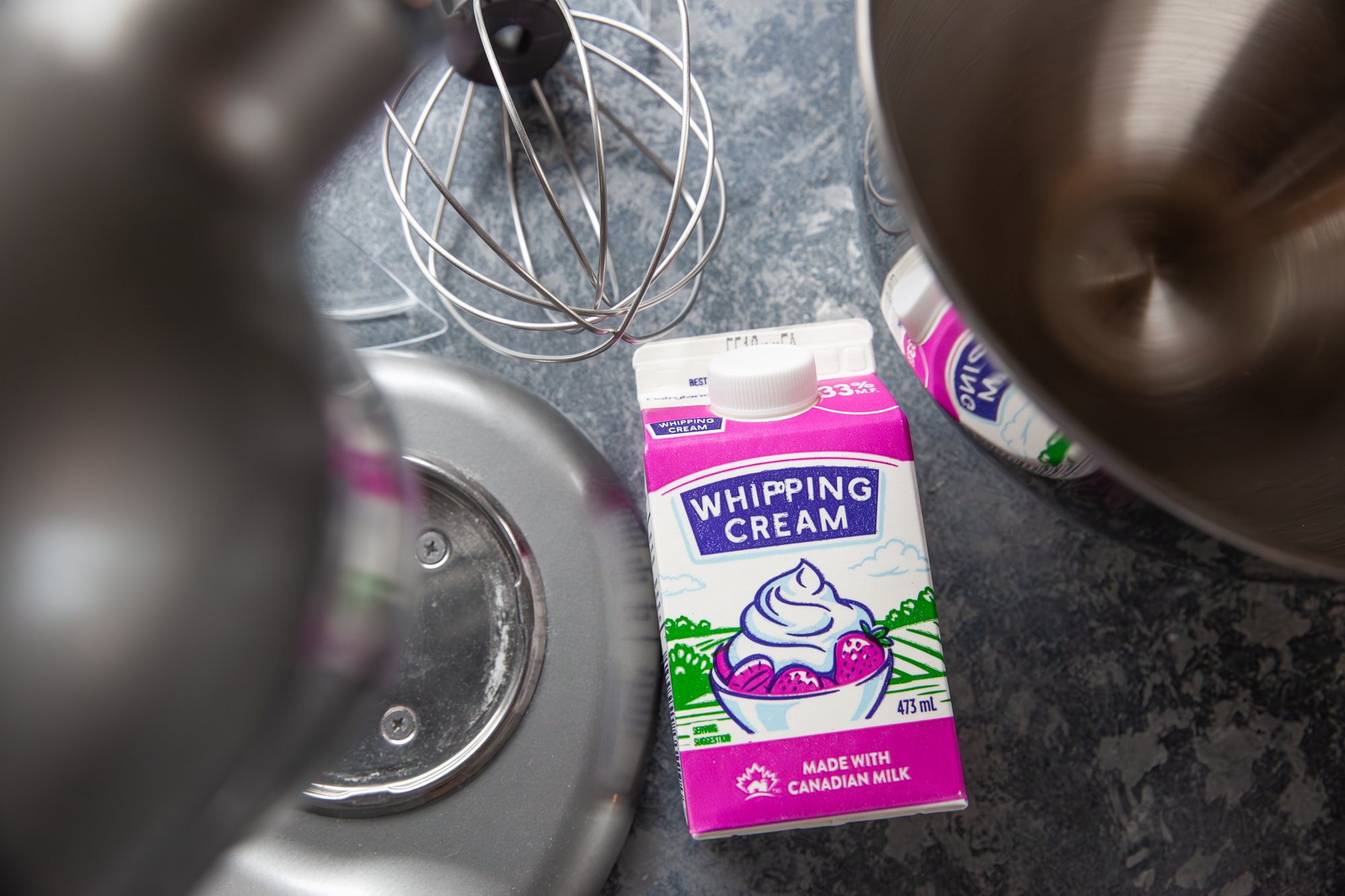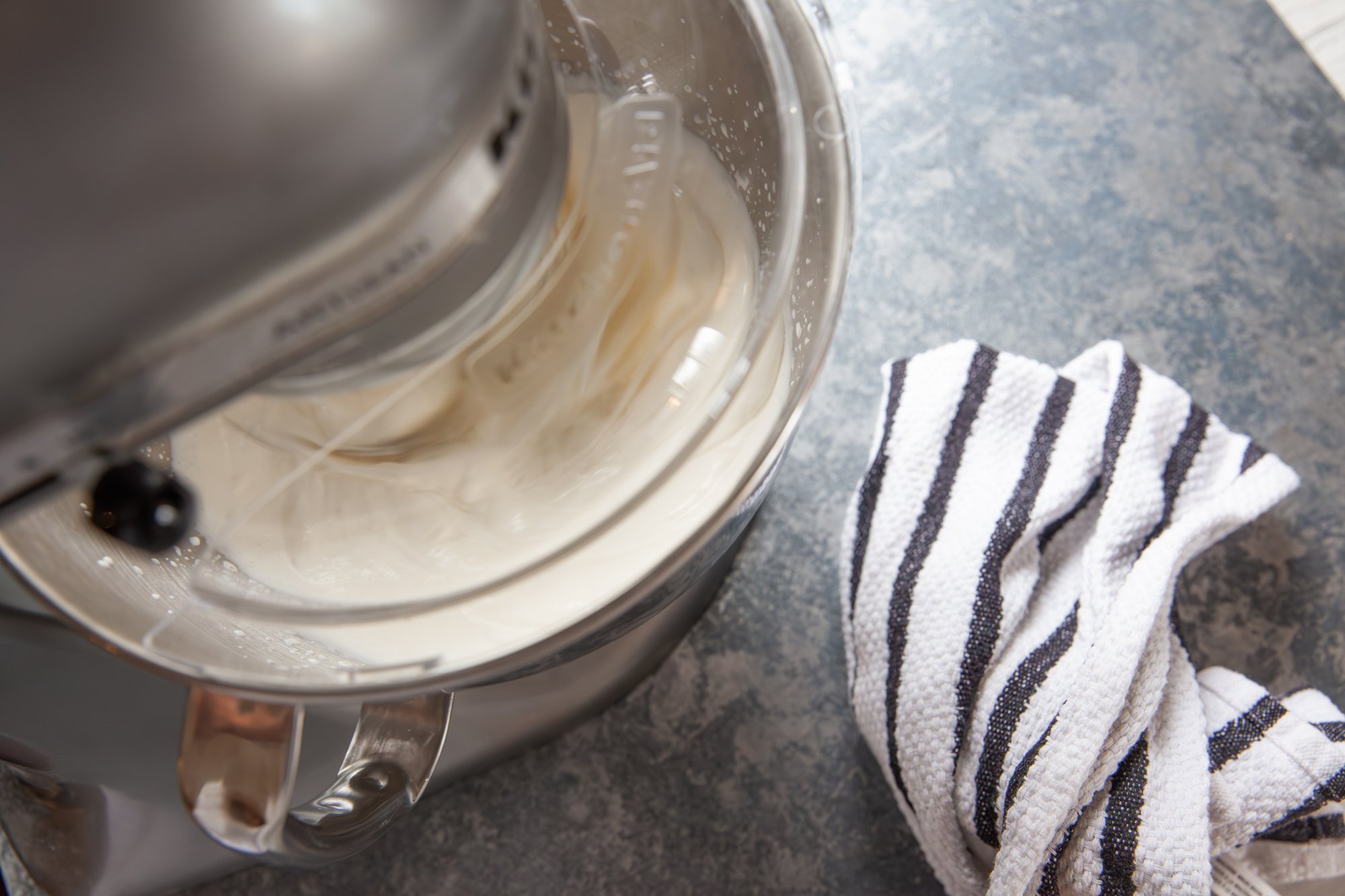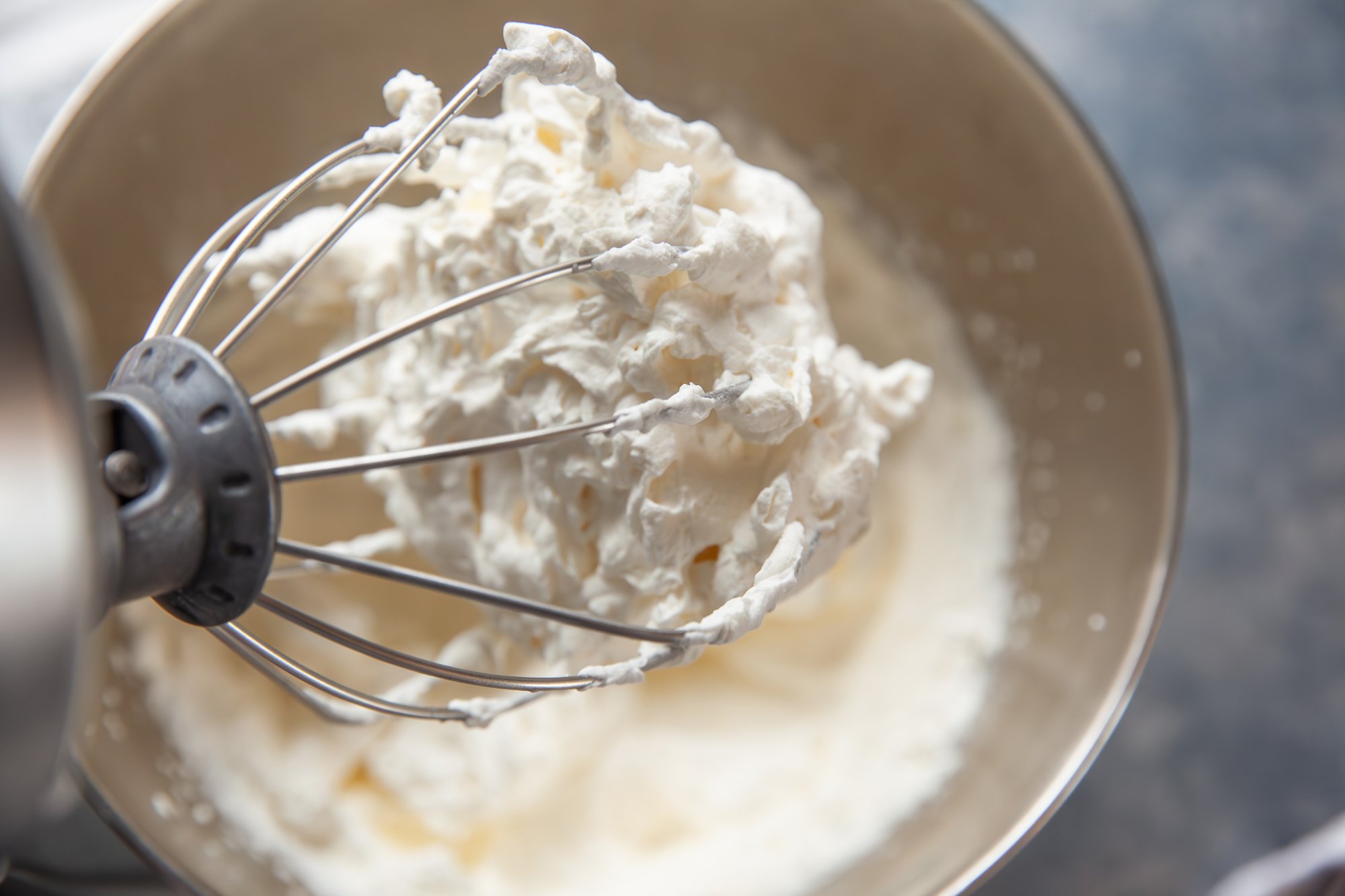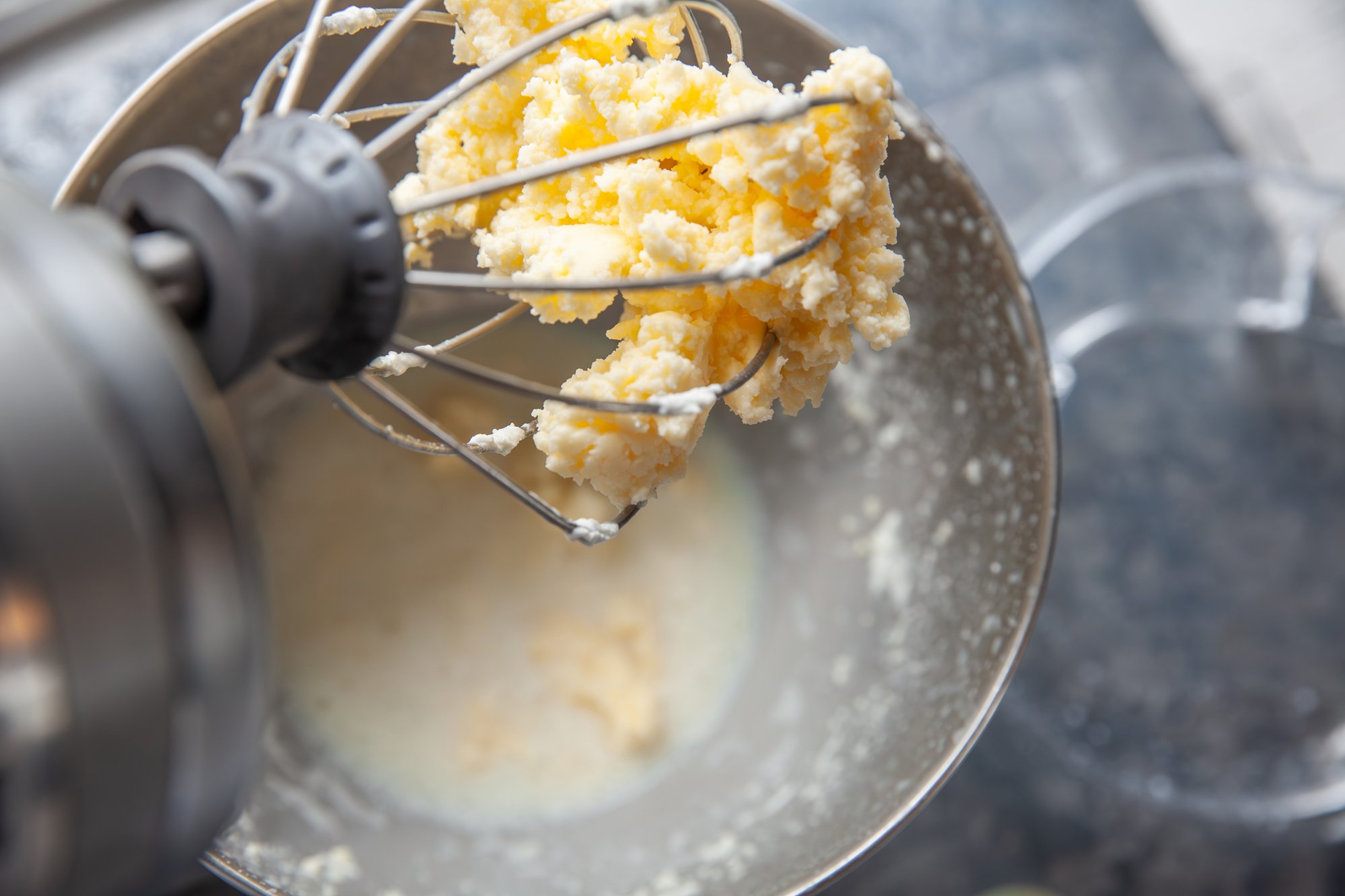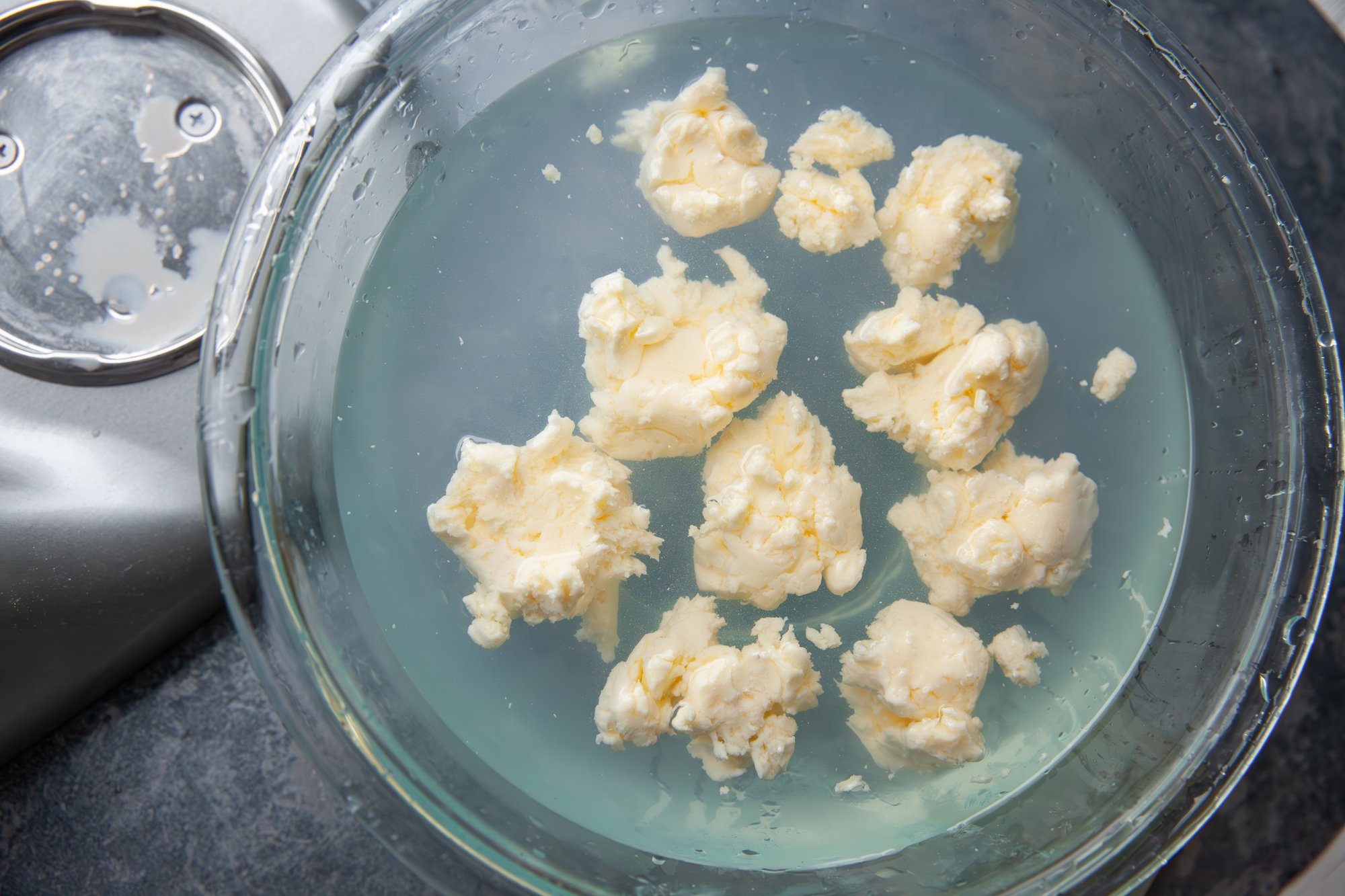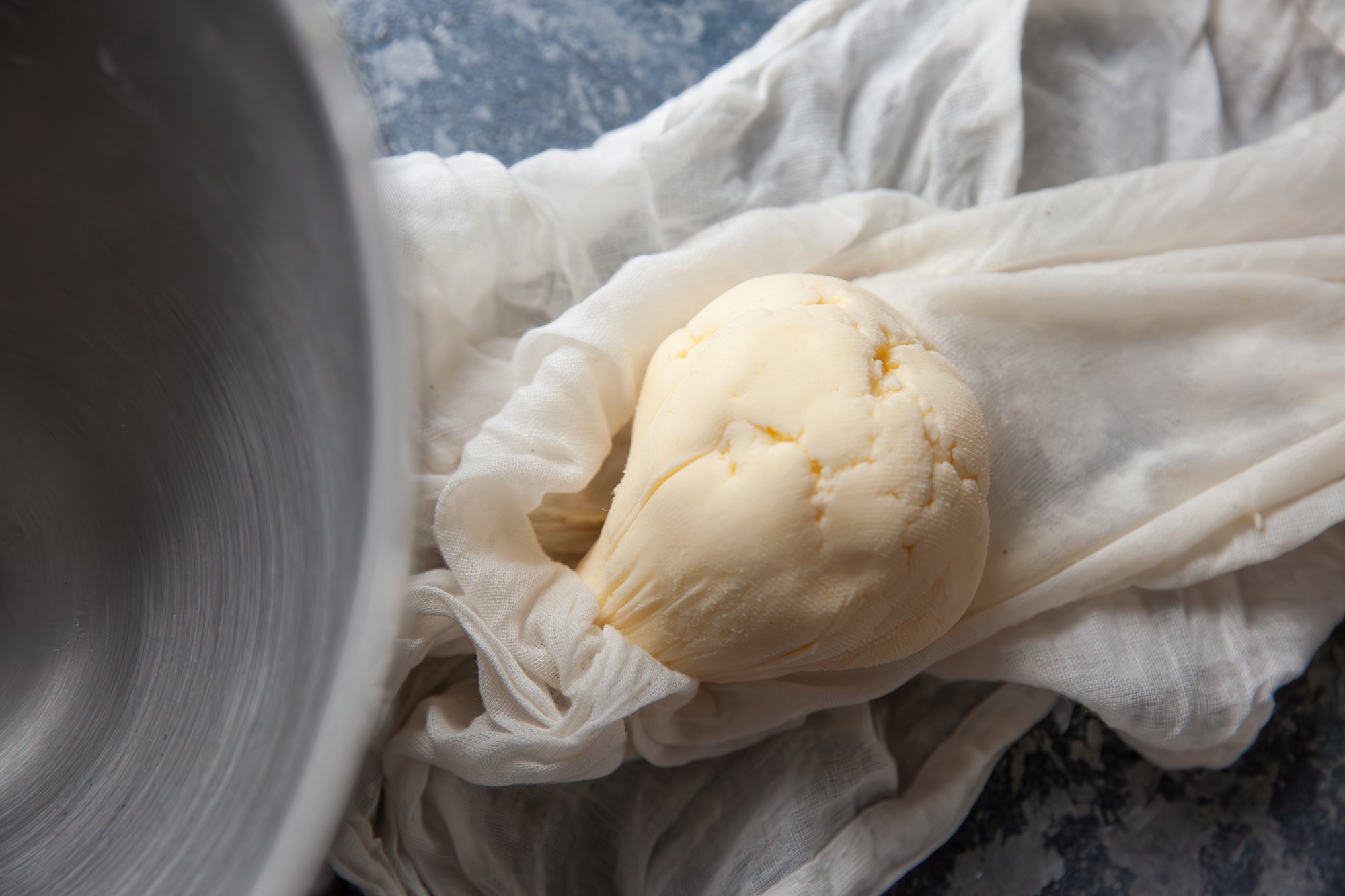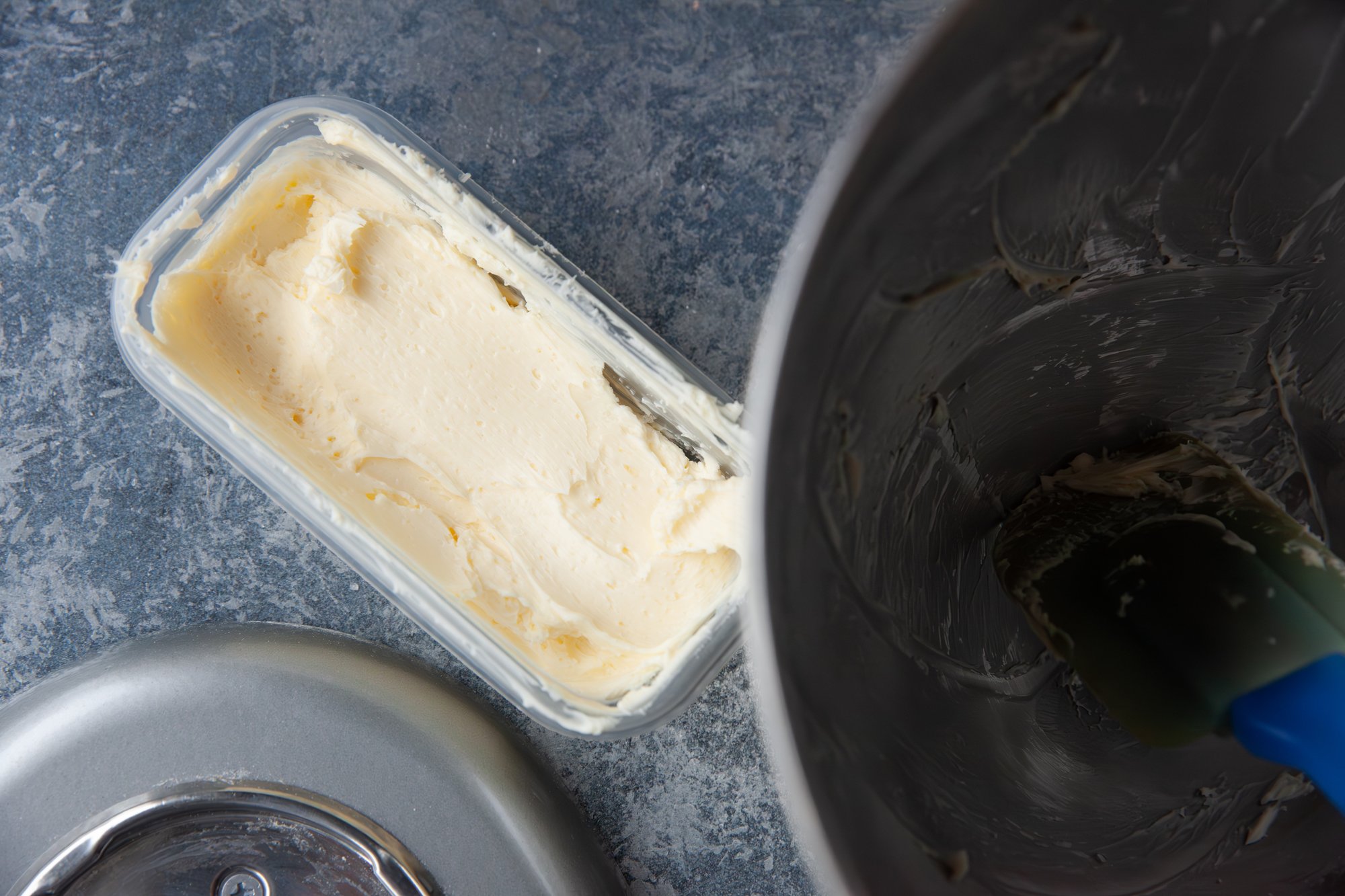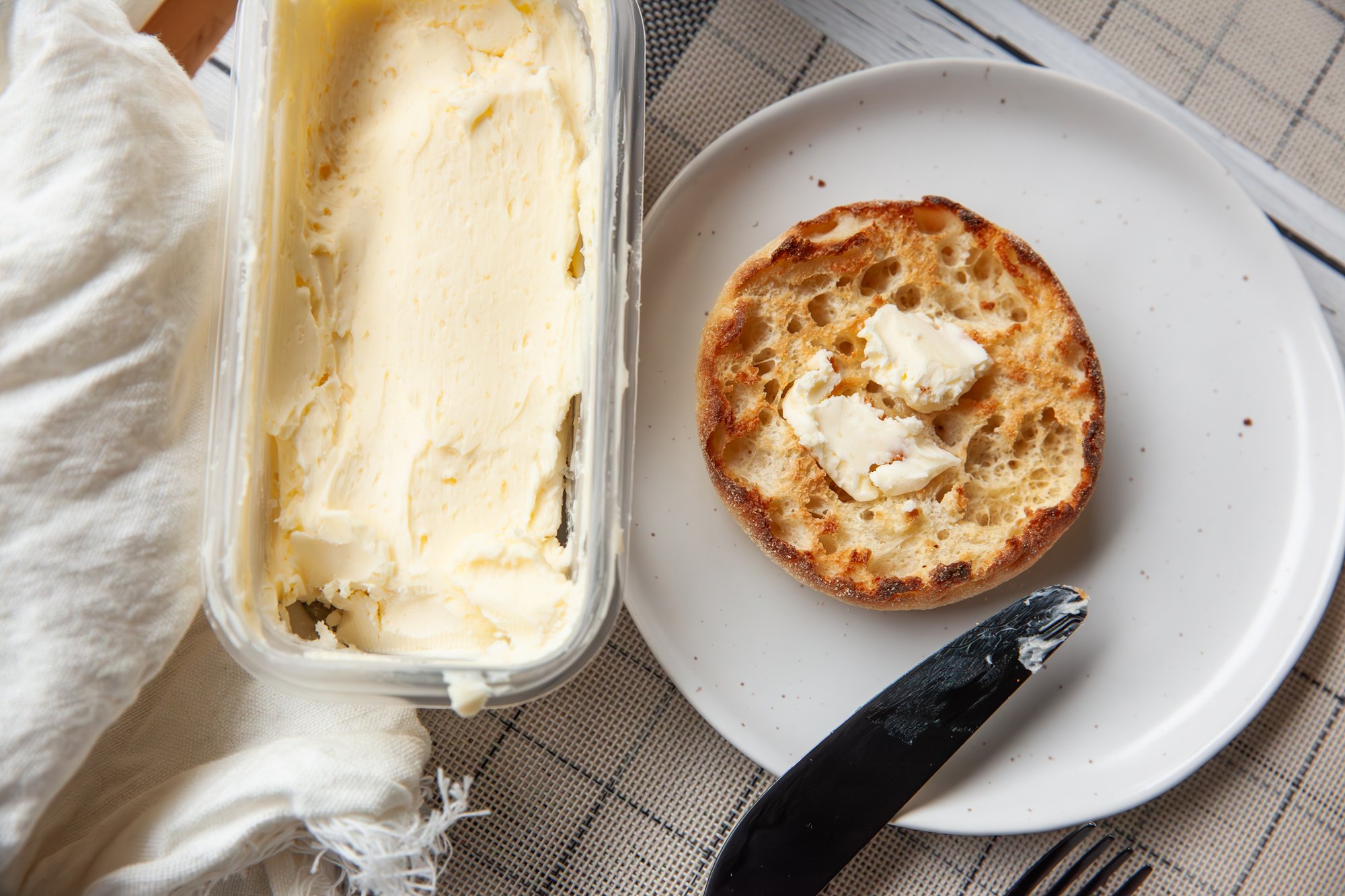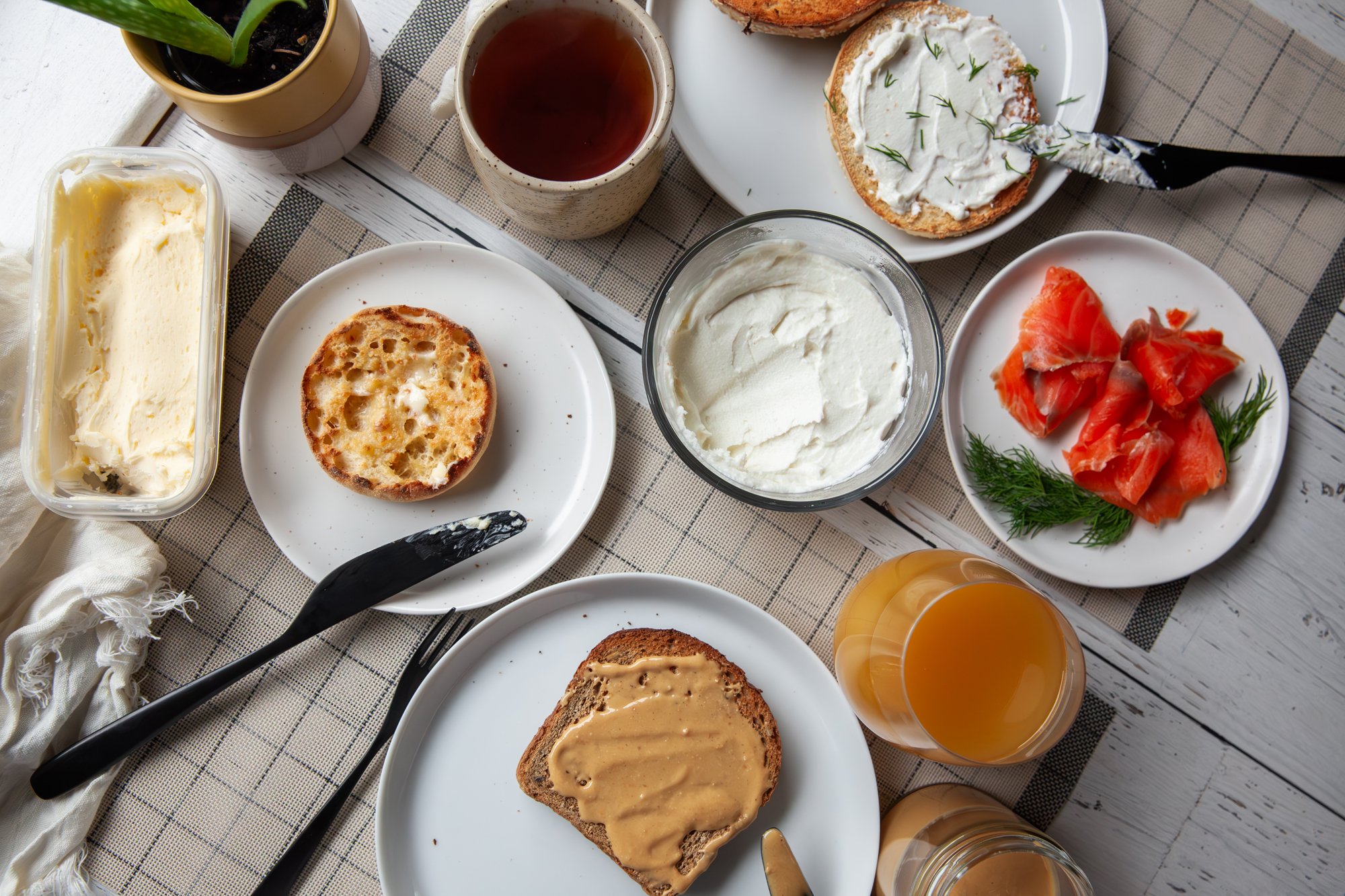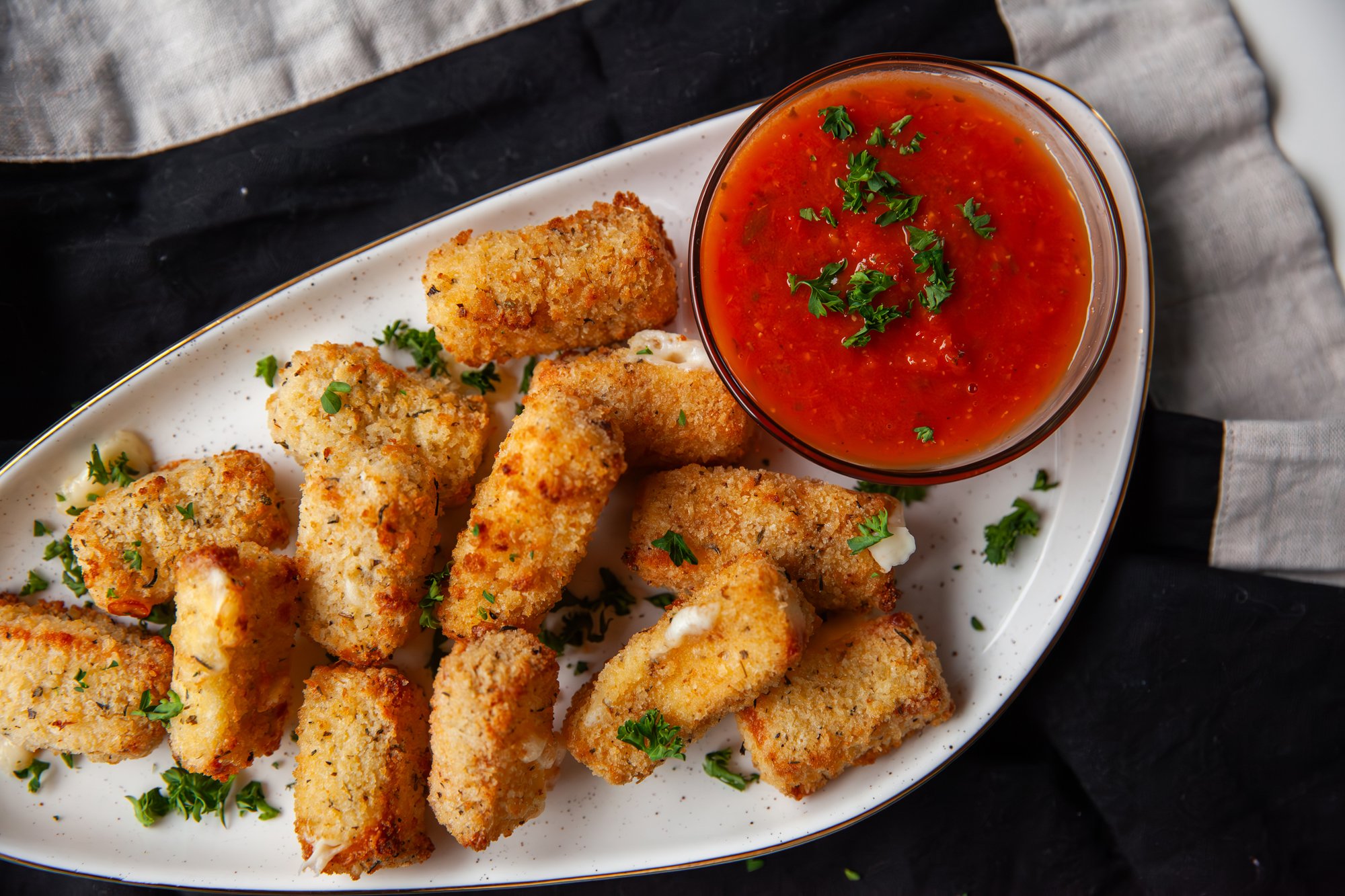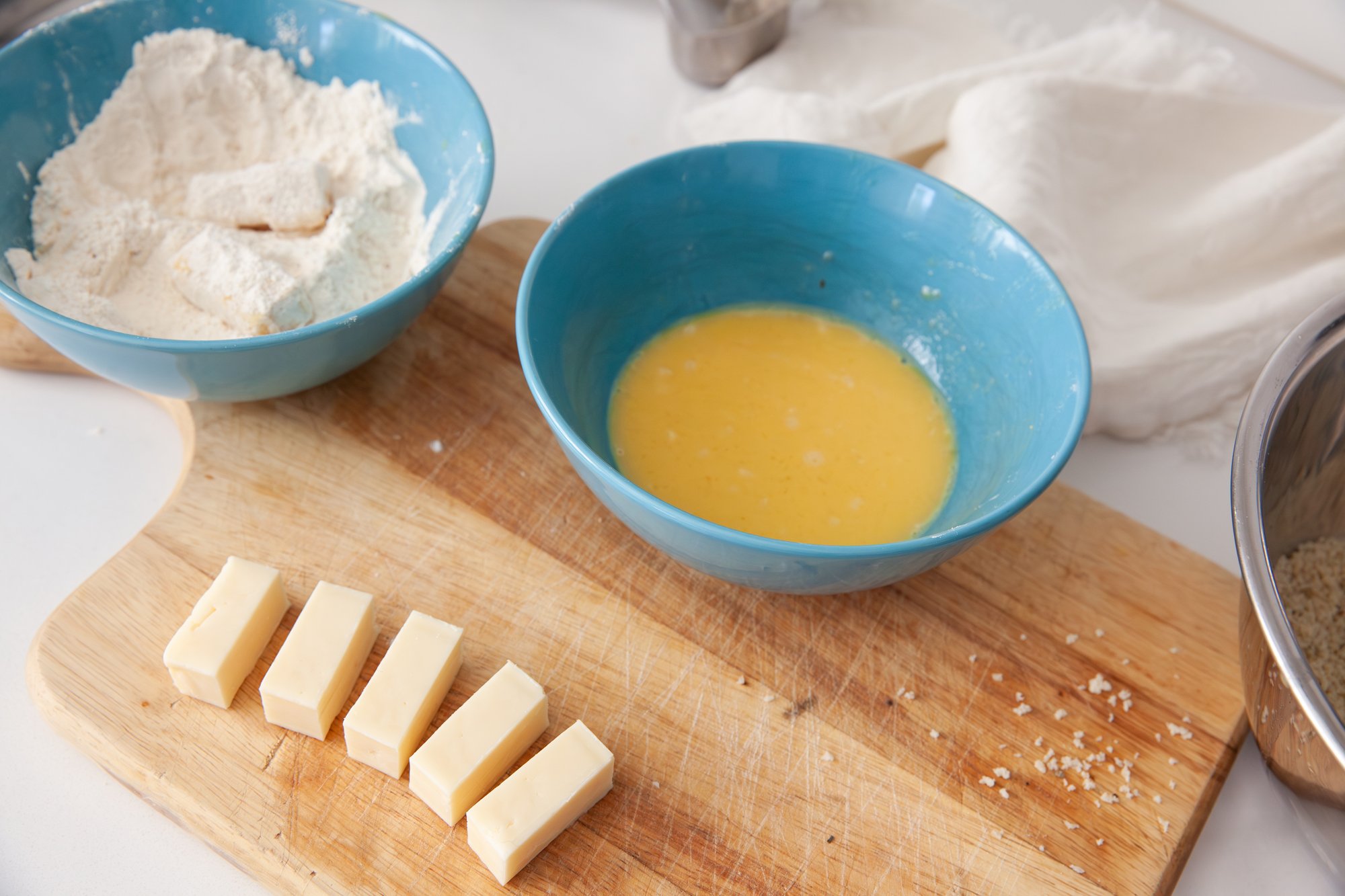RECIPE: Vanilla Bean Ice Cream
for BC Living "From Scratch"
July 2024
In the thick of summer, there’s nothing better than a nice cold scoop of ice cream. Well, this might be better – making it from scratch! If you have the right equipment (I’ll get to that), and quality ingredients, you can make whatever flavor your heart desires, right in your own home.
For the recipe below, I used the KitchenAid Ice Cream Maker, as I own the stand mixer already, but there are plenty of other ice cream makers out on the market, and to make this recipe, it’s all very similar.
Below are the instructions on how to make Vanilla Bean Ice Cream – which requires making a custard - but other ice creams require even fewer steps.
INGREDIENTS:
- 1 Grade A vanilla bean (Madagascar)
- 150 grams granulated sugar (about ¾ cup)
- 2 large eggs
- ¼ teaspoon kosher salt
- 2 cups heavy cream
- 1 cup whole milk (3%)
NOTE: You will also need a food thermometer!
INSTRUCTIONS:
Follow any instructions on your ice cream maker about prepping the machine. My bowl for the stand mixer needed to be placed in the freezer for 24 hours before making the ice cream.
Set up an ice bath (in the sink is best) by nesting two metal bowls together, with ice in the bottom bowl.
Take the vanilla bean and slice it lengthwise, with a sharp knife, and scrape out the seeds (reserving the pod).
In a medium-sized bowl, combine the granulated sugar and vanilla, rubbing them together with your fingers to break up any clumps.
Add the eggs and salt to the sugar mixture, whisking vigorously for one minute or so, and then pour in the cream and milk, whisking again until well combined.
Transfer the mixture to a medium heavy-bottomed pot and add the reserved vanilla bean pod.
Cook over medium heat, stirring constantly with a rubber spatula, making sure to scrape the edges and bottom of the pot.
Cook until the mixture reaches 175°F or until slightly thickened - this will take about 8-10 minutes, but possibly longer, depending on your stove.
Avoid boiling or your mixture will curdle!
Remove from heat, continue to stir until it reaches 180°F.
Strain the custard through a fine-mesh strainer into the top bowl of the ice bath and place the vanilla bean pod back into the strained custard to steep.
Stir occasionally until the custard reaches room temperature.
Place the bowl in the fridge, covered, and cool until it reaches around 40°F (generally leaving it overnight will be best).
When ready, remove the bean pod, and then follow the instructions on the ice cream maker to churn the cream until it is the right consistency (sort of like soft serve).
When placing it in the freezer to firm (which will take a few hours), make sure it is in an air-tight container. The container should also be easy to scoop from!
Enjoy however you desire – in a dish, on a cone, or maybe even on top of a warm brownie.









































